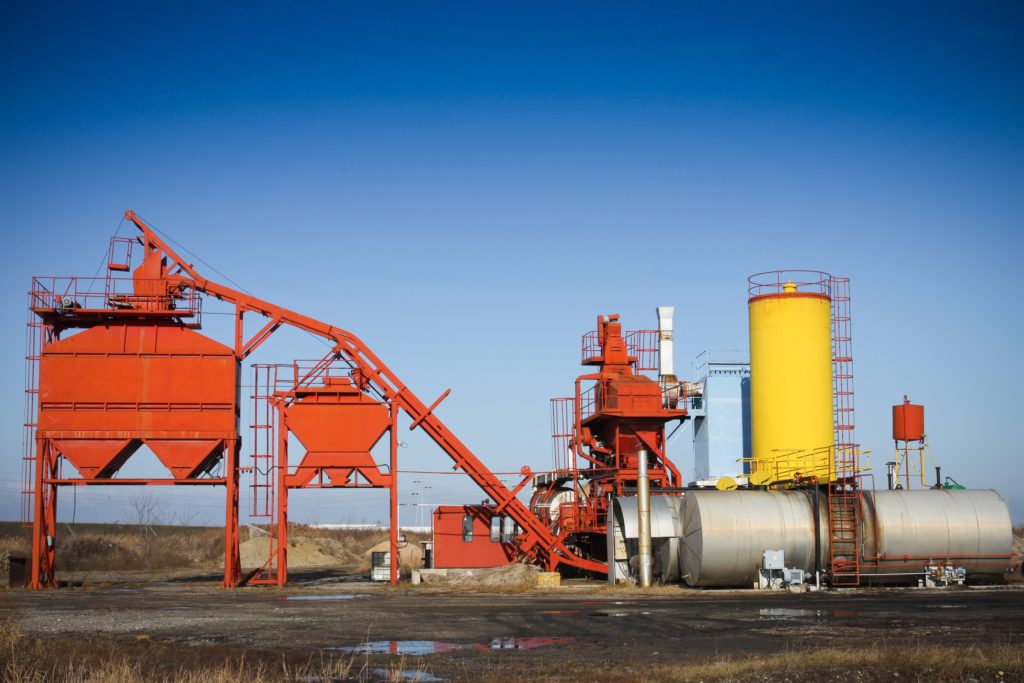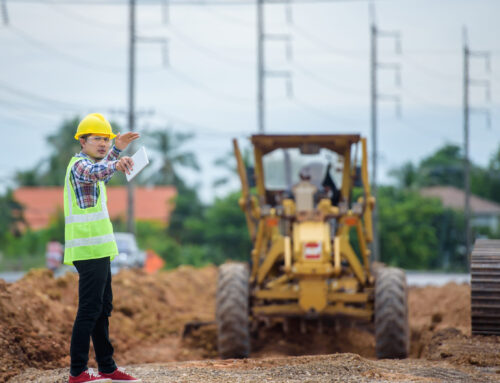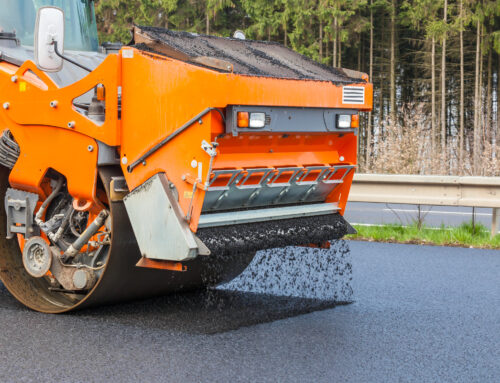Welcome back to the Sunrise Asphalt blog! We have been giving all the best info and tips you may find useful when it comes to paving and upkeeping your own asphalt surfaces. It’s our passion, as you might understand. This time around, we wanted to take a step back and give some more technical knowledge on the subject instead of actionable know-how. Welcome to Asphalt School 101: How Asphalt is Made.
How Asphalt is Made
Asphalt is made a lot like any good dessert. Measure, mix, bake! Well, heat not bake. That’s putting it pretty simply. For the nitty-grittier details read on.
When we use asphalt, we frequently are using it as a shorthand to refer to asphalt pavement, but there is a distinction to be made. Asphalt is also known as bitumen, and it is found in nature. Places like the La Brea Tarpits on LA have it occurring naturally. It can also be refined out of crude oil!
Crude oil, before it becomes all the products we know and use across the modern world, needs to be refined. Through the process you can distill it into fuel oil, diesel, gasoline and more. During this process the heaviest portion is called residuum. This is the component that can then be turned into asphalt.
In this state that asphalt can be used for roofing, shingles, sealants, or our personal favorite: pavement.
Curious how asphalt naturally occurs?
Natural asphalt is created from the remains of long dead things such as microscopic algae, plant matter, and the like. That idea of dinosaurs turning into oil? Pretty much! These remains sit buried in the mud under oceans or lakes where the original creatures lived. Add in pressure and heat and baby you got an asphalt stew going.
How Asphalt Pavement is Made
Once asphalt has been distilled from crude it almost ready to be turned into those slick driving surfaces we all know and enjoy. This asphalt is mixed with an aggregate mix made up of rocks and sand. Also, each
For those home chefs, it’s a mix of about 5% asphalt to 95% aggregate. Turn the heat up (and we mean up! To about 400 ° F!) getting the asphalt is melting and the aggregate dries sufficiently to get everything mixed well. Once its all good and mixed, the asphalt will be covering and binding the rocks together perfectly.
In those two steps asphalt is made and ready to be paved wherever you need it! Heat it up to a liquid, easy to spread consistency and you are all set!
Asphalt and Asphalt Accessories
As mentioned, asphalt pavement isn’t the only thing this compound is used to create! Asphalt shingles, are the dominant roofing material in North America! Asphalt shingles continues a tradition of using asphalt for waterproofing homes that is ancient!
Air blows through the asphalt mixture to increase its viscosity. Just like all other steps in the process, this has to be precise otherwise the shingles will end up either too soft or too brittle.
The Shingles have four key components: granules, fiberglass, asphalt, and sealant. The asphalt is made in sheets with the fiberglass reinforcement web.
Those two materials make up the vast majority of all asphalt creation. Past that there is the occasional use in waterproofing fabrics, treating fences, and creating a darker and more waterproof coating.
Of course, those things aren’t our specialty!
If you need a new stretch of asphalt laid, we’re the folks to call! Take a look at some of our completed jobs around the city and contact us for your asphalt, repair, and sealing needs!





